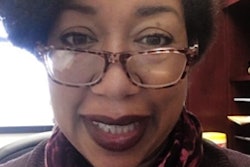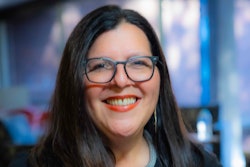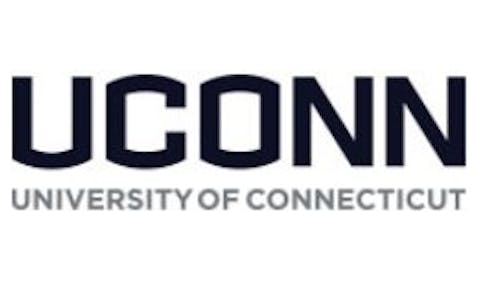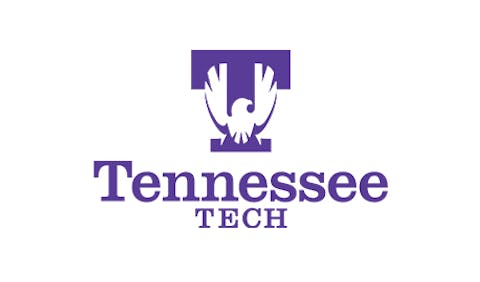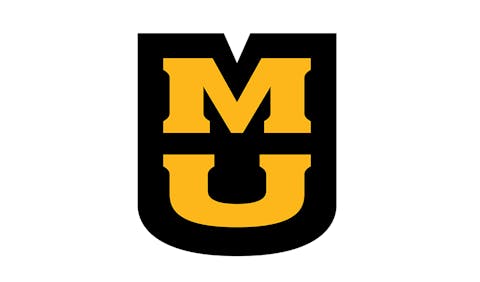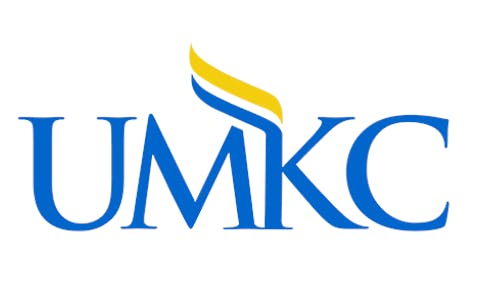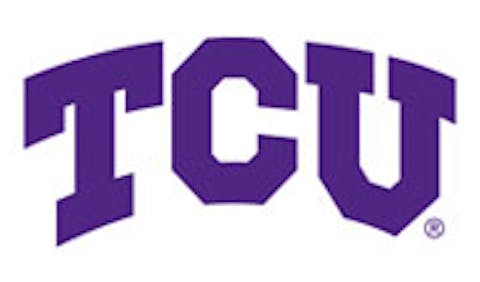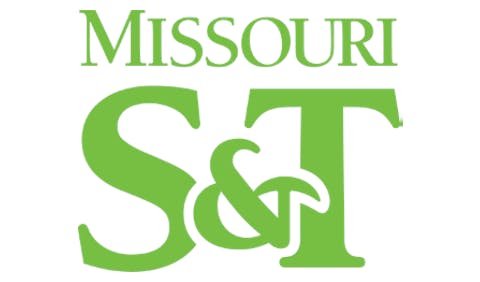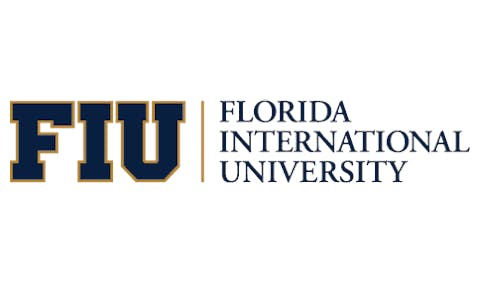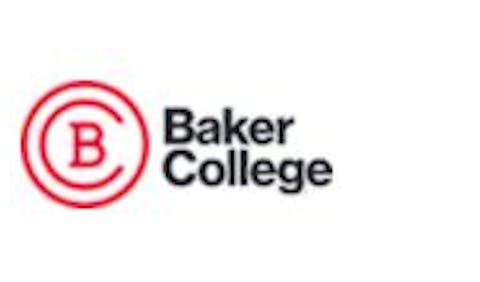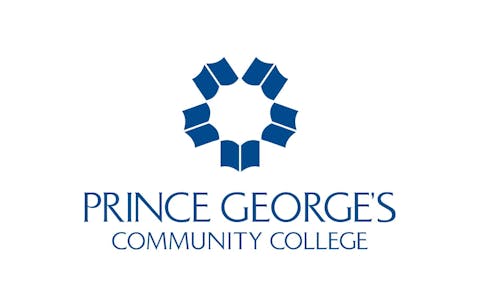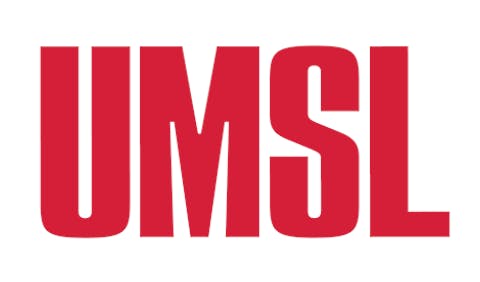The purpose of the age-old course syllabus remains the same — a crucial document that sets the foundation for a course by providing students with essential information, outlining expectations, and serving as a reference point throughout the semester. Moreover, the syllabus speaks to the course structure, description, assessment and grading, resources, learning objectives and outcomes, and legal and administrative information. Further, it is viewed as a contract between student and professor that is accountable and transparent. In short, the syllabus helps to create a structured and organized learning environment, facilitating effective communication and expectations between instructors and students.
 Dr. tavis d. jules
Dr. tavis d. jules
The first move is to begin by addressing colonialism and how it has shaped the structure of the syllabus today. If we view colonialism as an “historical and ongoing global project where settlers continue to occupy land, dictate social, political, and economic systems, and exploit Indigenous people and their resources” (Belfi & Sandiford), then, decolonization is the process of undoing and redressing the resulting colonizing practices. It is about “cultural, psychological, and economic freedom” (O’Dowd & Heckenberg) for minoritized people to achieve sovereignty -- the right and ability of Indigenous people to practice self-determination over their land, cultures, and political and economic systems. Decolonization is recognizing, examining, and demolishing power structures that carry legacies of racism, imperialism, and colonialism in producing dispositions, knowledge and skills. Within the educational context, this means confronting and challenging the colonizing practices that have influenced education in the past and are still present today. In our role as educators, the decolonization process begins with self-education whereby we begin educating ourselves about the history and impact of colonialism in our field. It is important to note that different types of colonialism are at play in different fields of study at any given time. This means that we need to take the time to reflect and make changes in our research and our course syllabus (through the textbooks, readings, and resources we provide to students) on which Eurocentric or colonial perspectives, biases, and gaps in representation are present. We must also recognize that, given the Western bias to knowledge production and accumulation, we are trained to view Western knowledge as fundamental to our teaching and understanding of modernity. As such, self-education allows us to break away from this mold and consider ways to include a diversity of materials comprising Indigenous, marginalized, and non-Western voices that challenge the domain narratives. For example, this involves assigning and pairing a Western text with a reading of the non-Western critique of that text, theory, paradigm, or discourse. To be clear, we are not saying that one must throw out all Western texts; we are saying there needs to be room for greater diversity in the assigned reading materials. In other words, the texts need to be inclusive — assigning Indigenous or minority writings alone falls short of preparing current and future education professionals to work effectively with minoritized individuals and groups. Instead, an effective approach to decolonizing a syllabus involves not only including these voices, but also demonstrating how one’s discipline both draws from and reinforces colonialism.
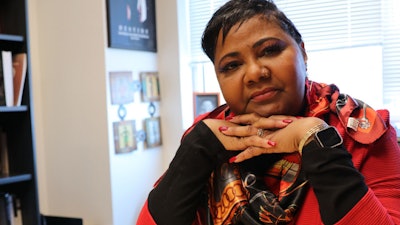 Dr. Donna Y. Ford
Dr. Donna Y. Ford
Our second move is to challenge knowledge construction. This involves thinking about how we construct our learning environments (synchronous, asynchronous, or hybrid) once we have addressed the discrepancies in our reading materials. This move involves questioning how knowledge is constructed, who can construct it, and who benefits from it. Here, we must intentionally incorporate Indigenous knowledge and perspectives relevant to the subject matter to address intersecting forms of oppression, such as race, gender, class, sexuality, etc. We do this to actively engage and critique the enduring legacies of colonialism, erasure, and enslavement, and the current structures that support and hold these legacies. Such a move creates a classroom environment that values diverse voices and perspectives while allowing students to critically analyze colonial histories, power dynamics, and their implications. This can be further augmented by: (a) inviting guest speakers with minoritized identities and diverse backgrounds to share their perspectives and experiences relevant to the topic; (b) using the correct pronouns and respecting how students wish to be labeled; (c) using or adopting inclusive language representing general identity, ethnicity, and diverse background; (c) integrating anti-oppression frameworks into the curriculum; and (e) guiding students in understanding and addressing systemic inequalities and injustices.
Our third move is to pay attention to the media type used (PowerPoint, YouTube, Twitter [now X], TikTok, etc.). Decolonizing educational media means that we challenge established norms and biased media in our courses. This includes paying attention to: (a) how diverse the media content is; (b) how culturally relevant and sensitive it is (by avoiding stereotypes and cultural appropriation); (c) how sensitive the media type is to gender, ethnicity, and cultural identities; and (d) how the media incorporates minoritized and Indigenous perspectives, voices, and views. We need to provide students with the tools to deconstruct media messages. Furthermore, feedback loops must be baked into our teaching practices for students to provide input on the inclusivity and effectiveness of educational media. Therefore, we should regularly assess and update educational media to reflect our evolving understanding of decolonization and inclusivity.
Our fourth move is addressing how to decolonize discussion prompts by incorporating diverse perspectives. Instead of framing discussion questions from a Eurocentric perspective, ask broad questions that consider multiple viewpoints, including those of Indigenous, marginalized, and non-Western communities. Here, the goal is to challenge Eurocentric assumptions and biases often unconsciously embedded in discussion prompts. Discussion prompts should also highlight underrepresented voices and examine why they are missing and what contributions they can make once they are added. We can also prepare discussion prompts with an intersectional angle that places identities, such as race, gender, class, and sexuality, at the forefront of analyzing complex issues. Discussion prompts can be reframed using alternative narratives that challenge colonial historical perspectives so that it allows students to be reflective and critical of their — and our — biases and privileges as delineated by Peggy McIntosh. Finally, in asking students to take ownership of their learning, we suggest providing feedback loops that allow students to provide input on discussion prompts.




